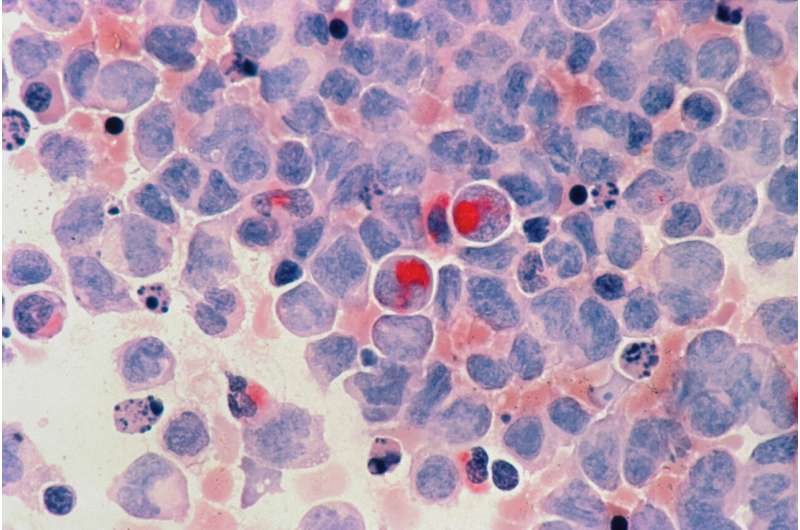Microglia Gene Activity Varies Across Alzheimer's Disease Stages, Highlighting Potential Therapeutic Targets

New research reveals how microglia gene activity changes across Alzheimer's stages, uncovering potential targets for innovative therapies to combat neurodegeneration.
Recent research conducted by scientists at the Icahn School of Medicine at Mount Sinai has shed light on the evolving role of microglia—the brain's resident immune cells—during the progression of Alzheimer's disease (AD). Alzheimer’s, a neurodegenerative disorder characterized by memory loss and cognitive decline, affects hundreds of thousands annually, with no current cure. While existing treatments aim to delay symptoms, understanding the underlying cellular and molecular mechanisms is crucial for developing effective therapies.
Microglia are integral to brain health, responsible for clearing damaged cells, debris, and pathogens. However, their dysregulation has been linked to neurodegeneration and disease progression in AD. To explore how microglia function changes as AD advances, researchers analyzed brain tissues from 189 postmortem samples, including both healthy aging individuals and those with varying degrees of AD pathology.
Using RNA sequencing, the team examined gene expression profiles in primary microglia, identifying significant shifts in gene activity associated with different AD stages and subtypes. The analysis revealed that microglial gene activity—and consequently their function—varies markedly with disease severity. These findings include alterations in gene–gene coordination, disruption of coexpression modules, and the emergence of distinct molecular subtypes of AD, each characterized by unique gene variants and expression patterns.
The study also pinpointed potential targets for future genetic or immunological therapies, as certain gene expression changes correlate with neuropathological features like amyloid plaques and dementia severity. This research enhances our understanding of microglia's complex role in AD, emphasizing their contribution to disease mechanisms and highlighting opportunities for personalized treatment strategies.
According to the researchers, these insights could pave the way for novel interventions aimed at modulating microglial activity, potentially slowing neurodegeneration and improving outcomes for individuals with AD. As the scientific community continues to unravel the cellular dynamics in AD, targeting microglial gene activity emerges as a promising avenue for future therapeutic development.
Source: https://medicalxpress.com/news/2025-08-microglia-gene-shifts-alzheimer-stages.html
Stay Updated with Mia's Feed
Get the latest health & wellness insights delivered straight to your inbox.
Related Articles
Higher Maternal BMI During Early Pregnancy Increases Risk of Childhood Overweight and Obesity
Higher BMI in women during early pregnancy significantly increases the likelihood of their children developing overweight or obesity by age ten. Supporting women before conception is essential to break the cycle of intergenerational obesity.
Breakthrough in Genome Editing: Correcting Rare Brain Mutations in Mice for Potential Neurological Treatments
Recent advances in genome editing have demonstrated the ability to correct rare brain mutations in mice, offering promising prospects for treating neurological diseases through targeted gene therapy.
New Study Uncovers How Testosterone Influences Brain Function, Social Behavior, and Self-Worth in Young Men
Recent research from Hong Kong Polytechnic University reveals how testosterone influences brain function, social behavior, and self-esteem in young men, highlighting new potential for clinical applications.



